
From Ownership to Access: The Socio-Technical Shift in Smart Mobility.
Climate change mitigation requires transformative changes in cities. Rapid urban population growth, traffic congestion, and related air pollution, as well as aging infrastructure and energy usage...
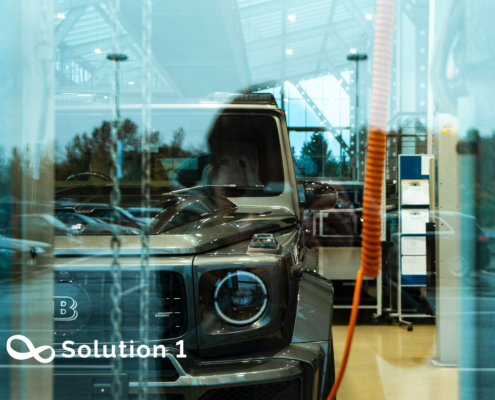
Strategies for Automakers: Adapting to Changing Consumer Demands in the Mobility Age.
For over a century, the automotive industry has been product-oriented, dominated by a relatively small number of automakers manufacturing vehicles and selling them to consumers through a network of dealerships.
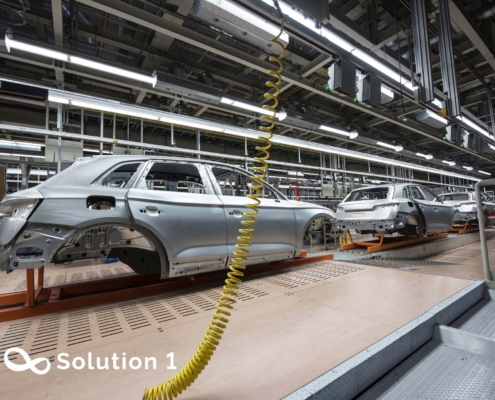
Driving Forward: The rise of mobility services and Changing auto industry dynamics.
For many decades, the automotive industry has been highly concentrated, where the incumbents held a stable position. There has never been a real threat of substitutes because no other way of mobility allowed...

Pricing Predicament: Why Electric Vehicles Face Resistance in Europe.
The European automotive manufacturing industry is currently facing a significant challenge as many Europeans cannot afford the prices of electric vehicles.
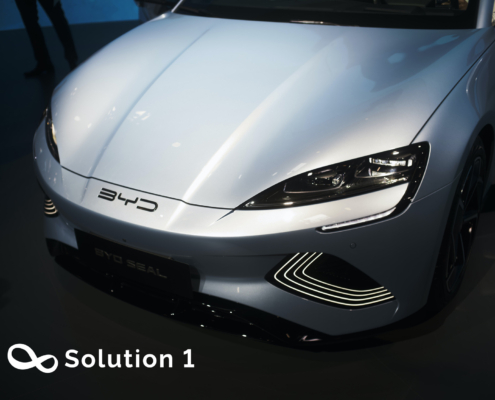
Price Wars Loom: UBS Report Unveils Breakdown of Dolphin Model Production.
UBS analyst Patrick Hummel, who recently released a report, dismantling BYD's latest model, the Dolphin, provided insights into BYD's car production costs, structure, and technology.
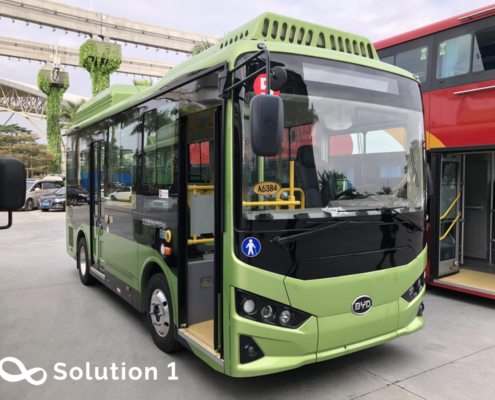
China’s 863 Program: A Decades-Long Journey Toward Electric Vehicle Dominance.
Automobile companies have adopted a strategy of a global perspective in their operation, led to the presence of competitors in virtually every corner of the globe.
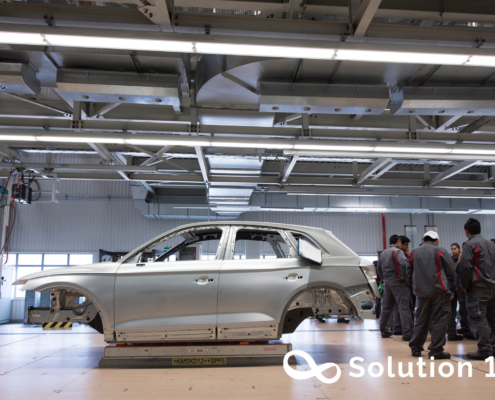
Auto Giants’ Race for Sustainability: How the Auto Industry Navigates Global Disruptions.
The automobile industry is a symbol of technical marvel by humankind. Being one of the world's fastest-growing sectors, its dynamic growth phases are explained by the nature of competition, product life cycle...

Feeding the Urban Boom: How cold chain logistics rise to meet surging demand.
The consequence of rapidly progressing civilization development is the constantly increasing number of city dwellers, and thus the constantly increasing demand for freight transport generated in limited urban space.

Beyond Route Optimization: Unleashing smart logistics for enhanced efficiency and safety.
Logistics plays a vital role in economic growth and is a driver of countries’ and firms’ competitiveness. However, on account of the complex supply chains and high labor costs, the costs of logistics are still at a relatively high level.

AI-Powered Logistics: How SingPost enhances last-mile delivery.
The last mile of transport of a particular product to the final customer or to a particular point of sale is often referred to as the most important element of the process of processing all orders. Distribution of orders for this last mile is the most important logistics process.

